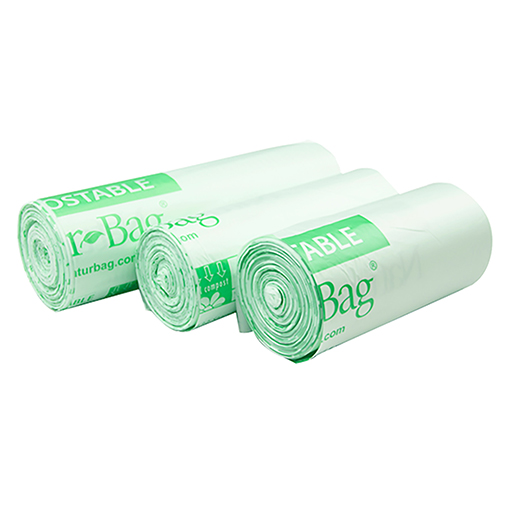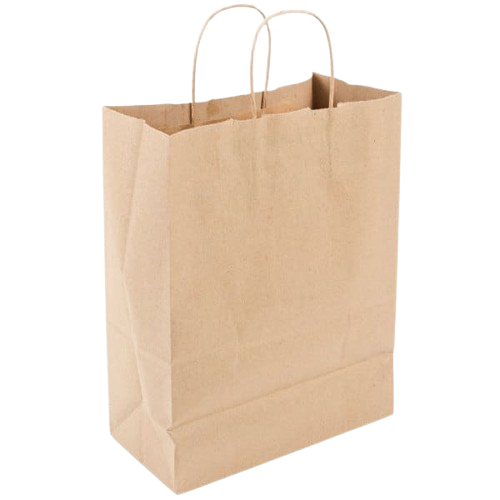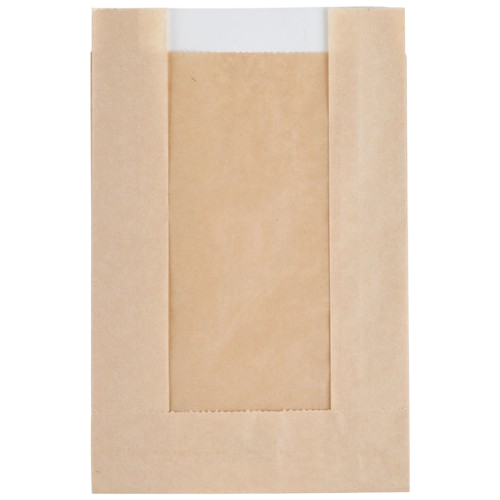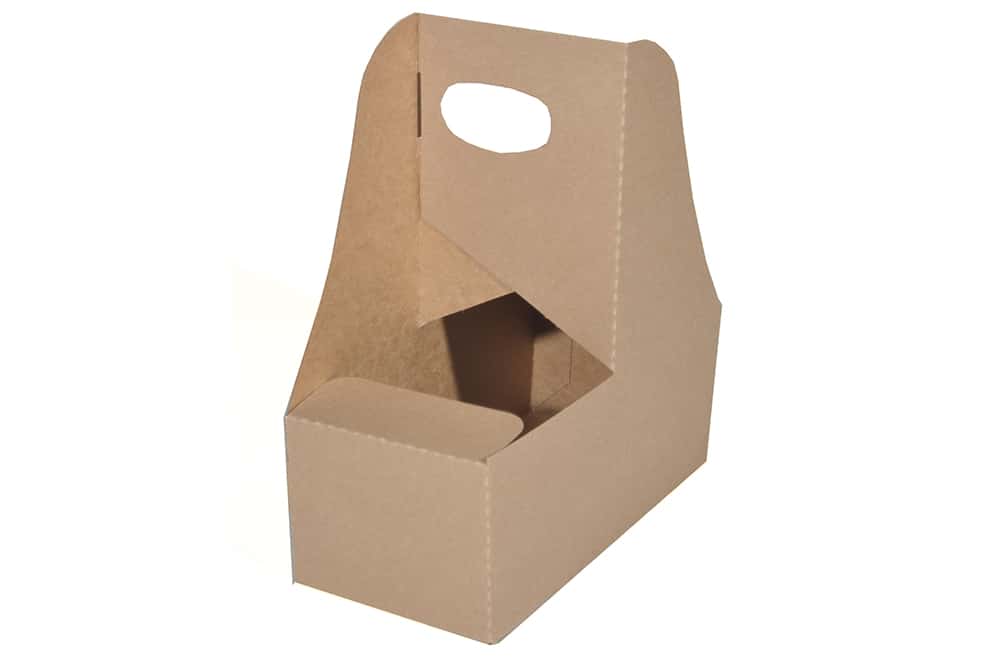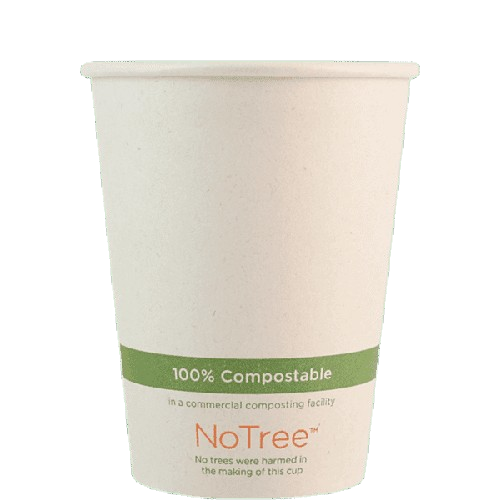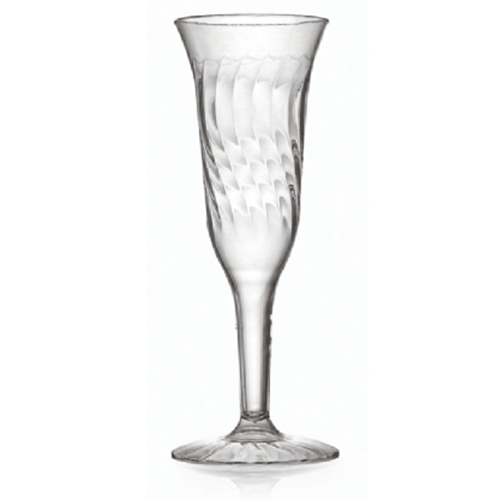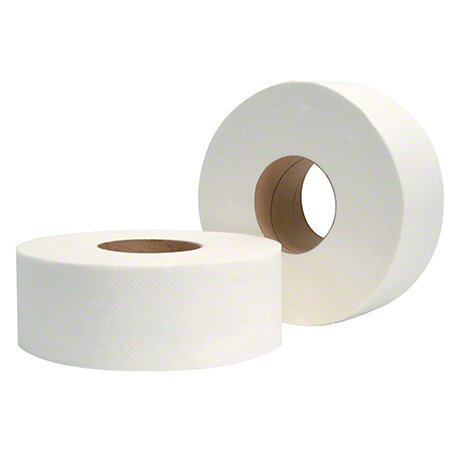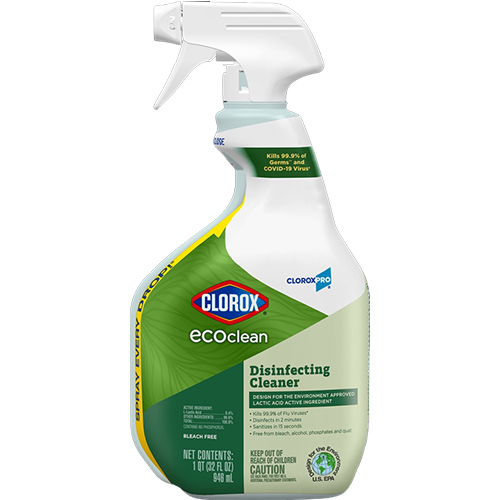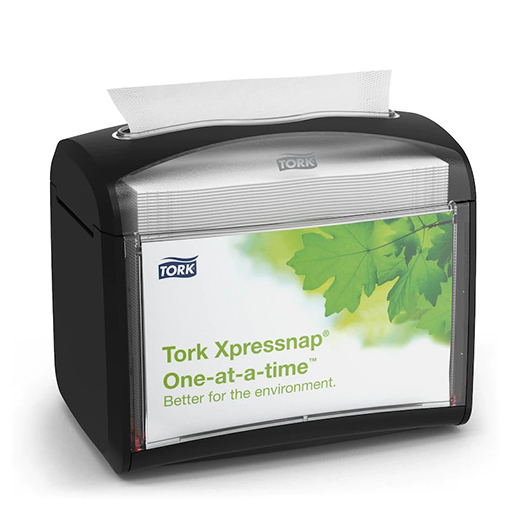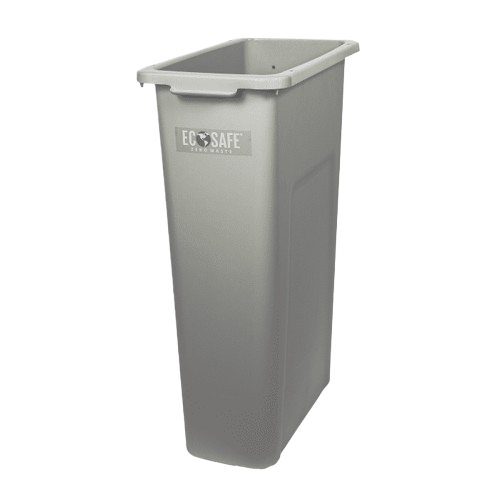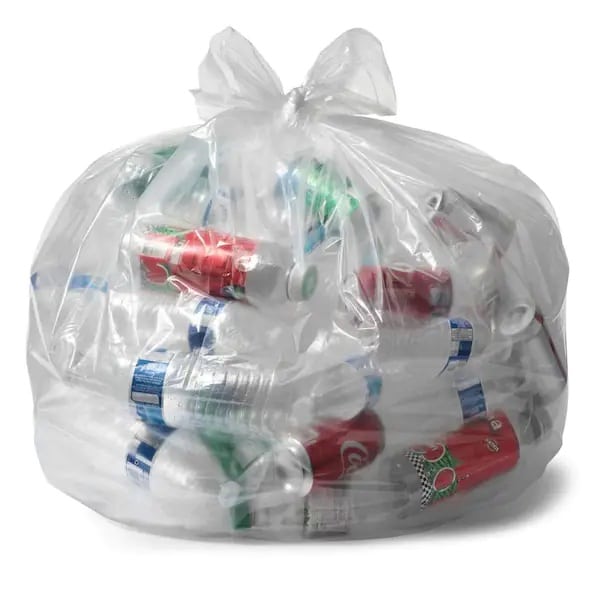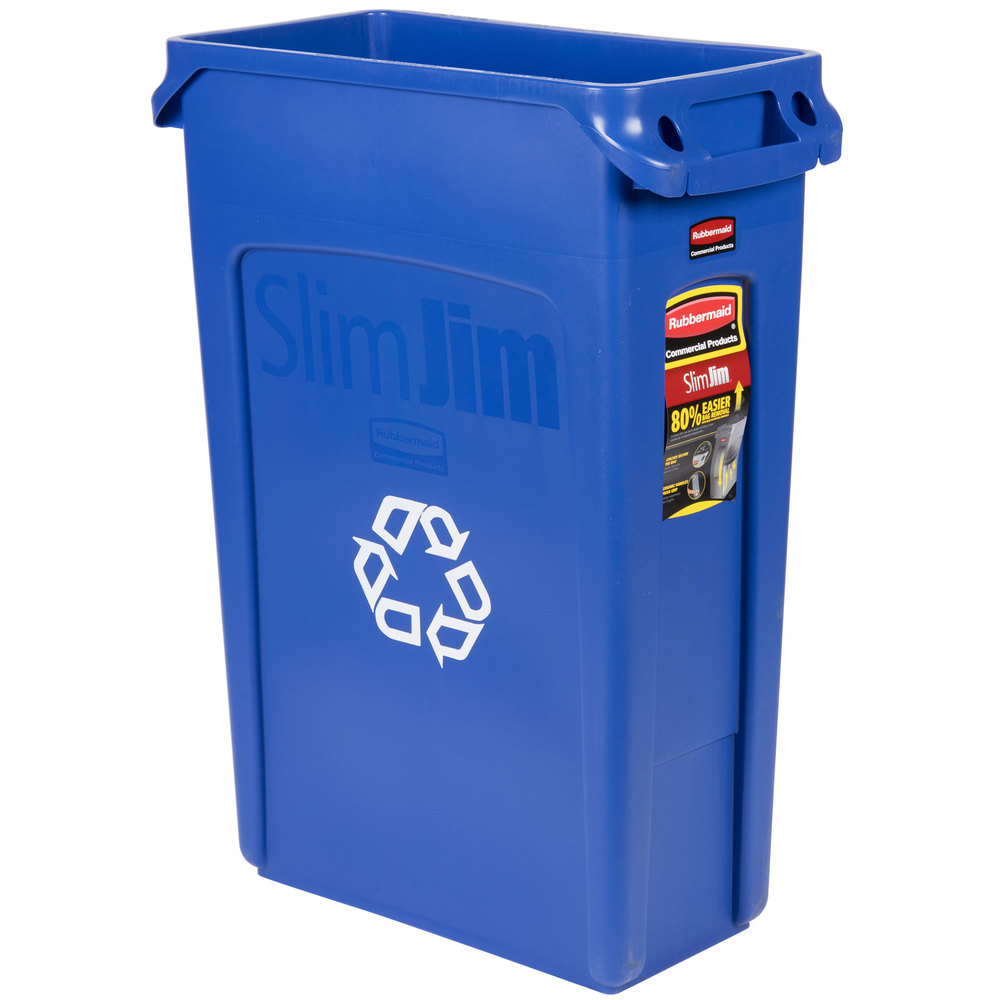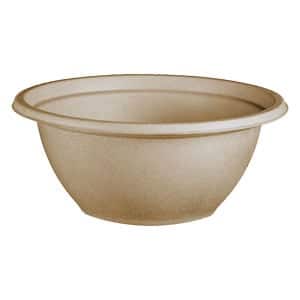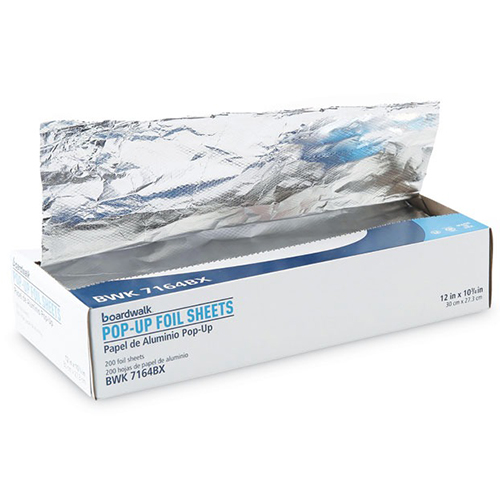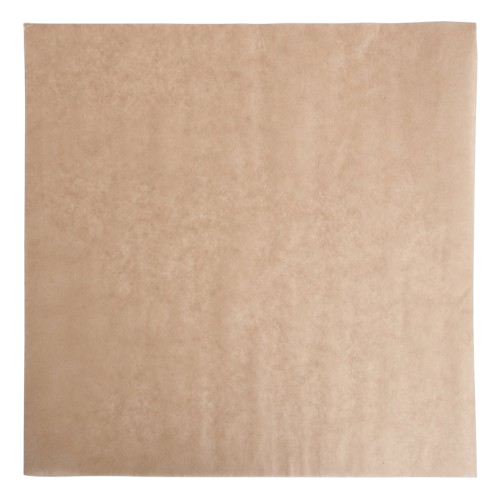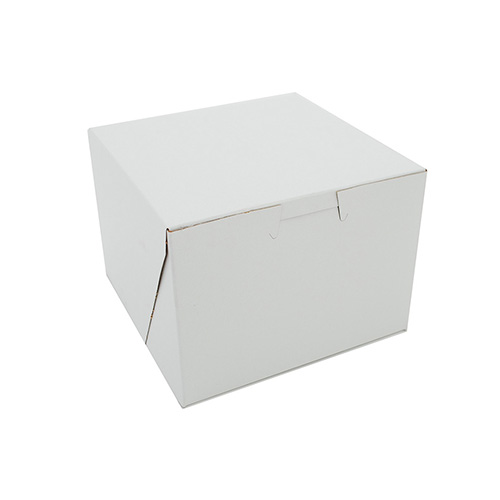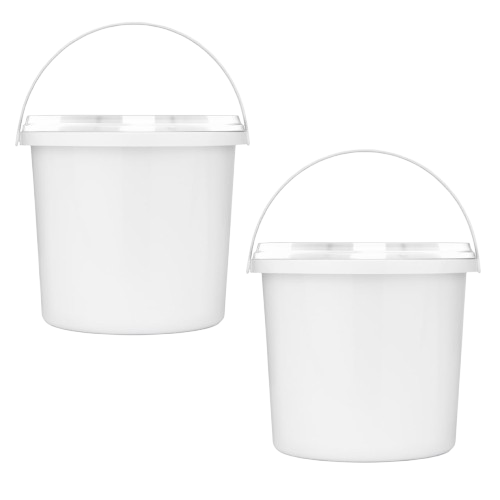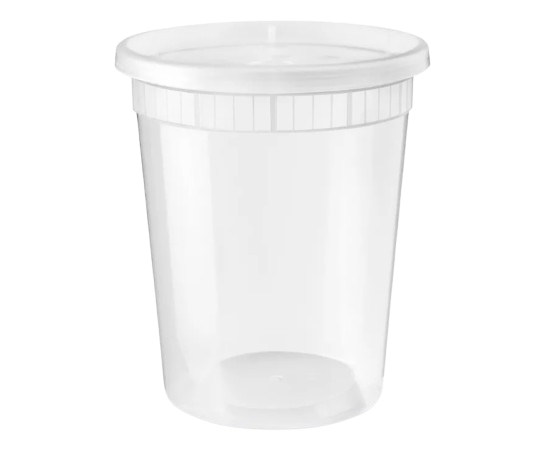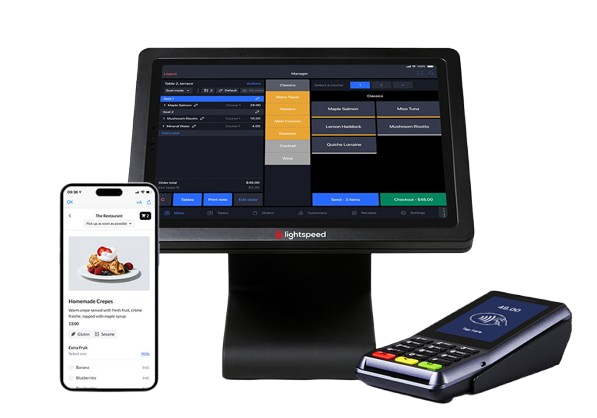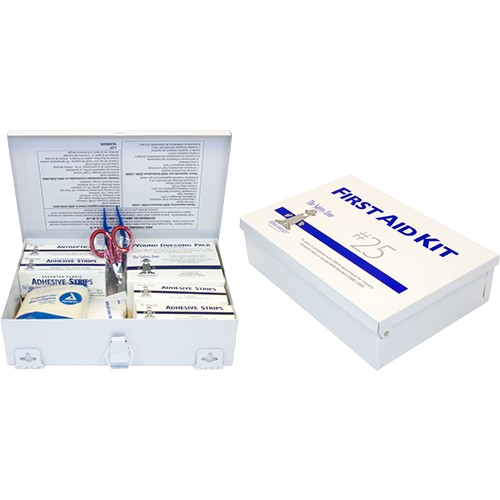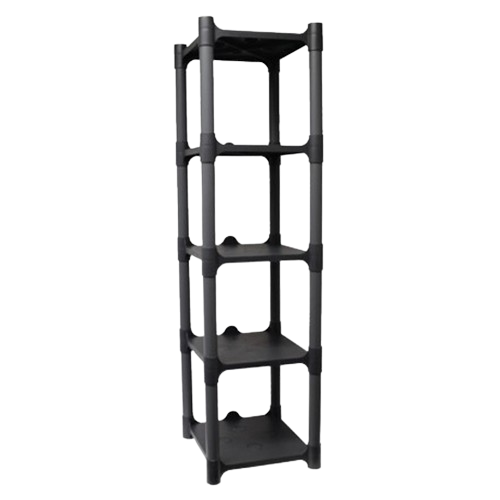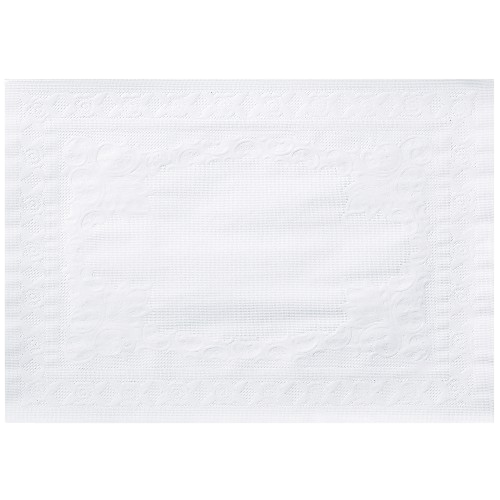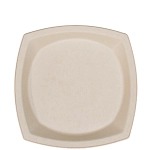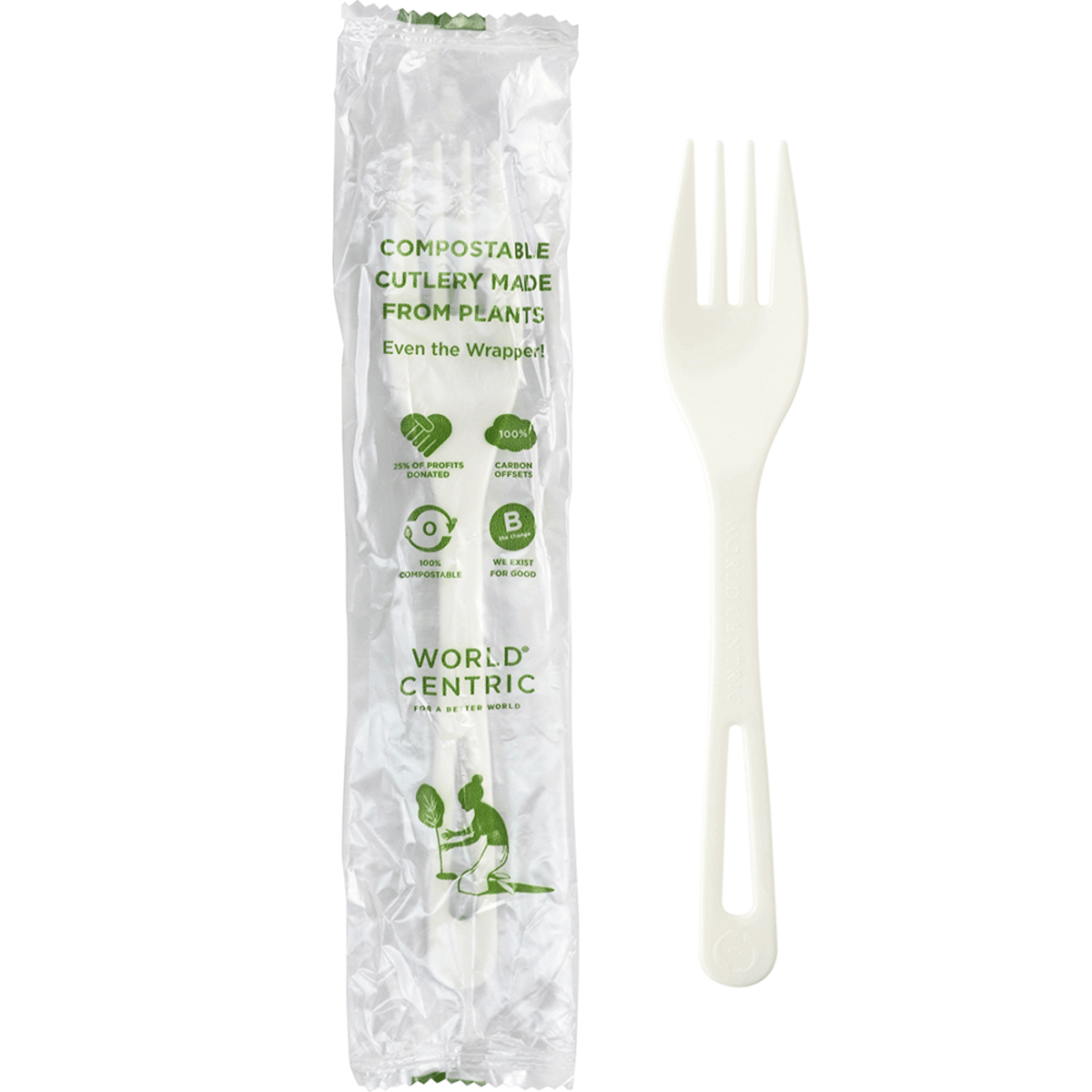
Making Informed Choices: How PHA and PLA Innovations Impact Your Packaging Decisions
PHA vs PLA: The Battle of the Bioplastics and Their Role in Future Packaging Innovations
As the call for more sustainable packaging solutions grows louder, innovative companies are exploring bioplastics as a viable alternative. Two major players in this field are Polyhydroxyalkanoates (PHA) and Polylactic Acid (PLA). But what sets them apart, and what role will they play in the future of packaging?
The Case for PHA
PHA is a fully biodegradable bioplastic produced by bacterial fermentation of sugar or lipids. It’s renowned for its ability to decompose in both marine and terrestrial environments, making it a truly eco-friendly packaging solution.
- Completely compostable, even in marine environments
- Produced from renewable sources
- Can be processed using conventional plastic production methods
Consider SupplyClub’s line of PHA straws as an example of this innovative material in action.
The Lowdown on PLA
PLA is another popular bioplastic, derived from renewable resources like corn starch or sugar cane. It’s biodegradable, compostable, and widely used in food packaging.
- Derived from renewable resources
- Biodegradable and compostable
- Widely used in food packaging applications
Take a look at SupplyClub’s PLA straws to see how PLA can be used in practical, eco-friendly packaging solutions.
PHA vs PLA: The Verdict
While both PHA and PLA have their unique advantages, their suitability depends on specific packaging requirements. PLA’s wide use in food packaging makes it a trusted choice, while PHA’s complete compostability even in marine environments offers a compelling edge for environmental sustainability.
In this battle of the bioplastics, there’s no clear winner. Both PHA and PLA are driving the future of packaging towards more sustainable solutions. As startup founders and innovative companies, it’s crucial to stay informed about these developments to make informed, eco-conscious decisions for your packaging needs.




